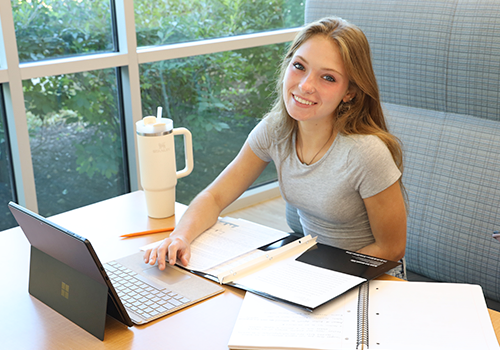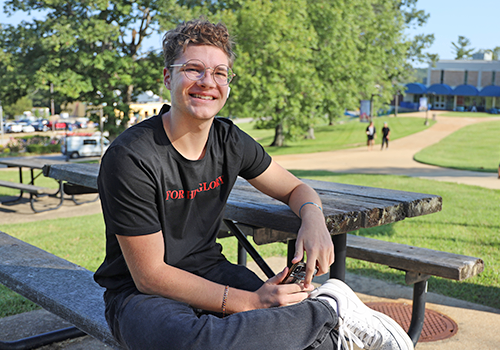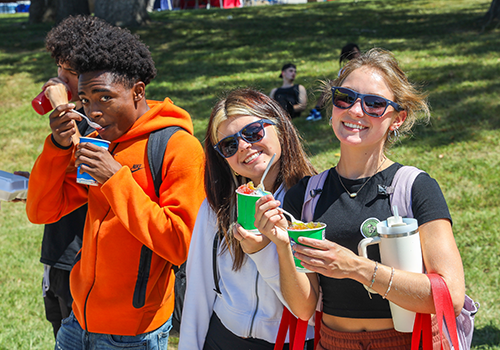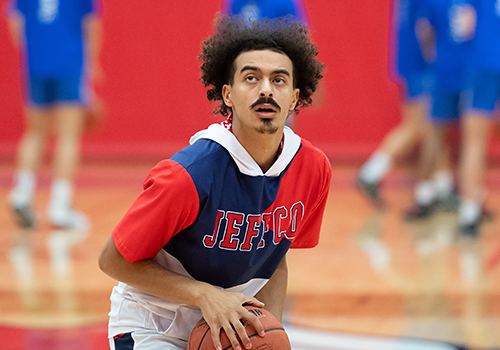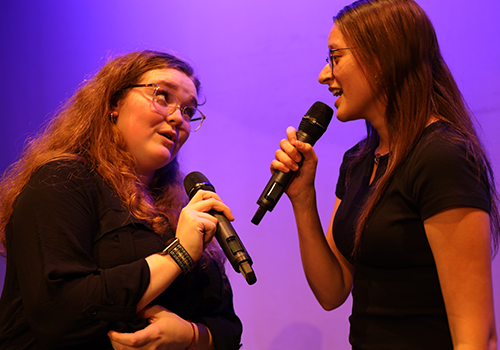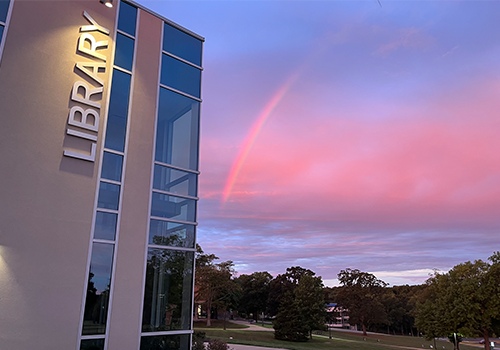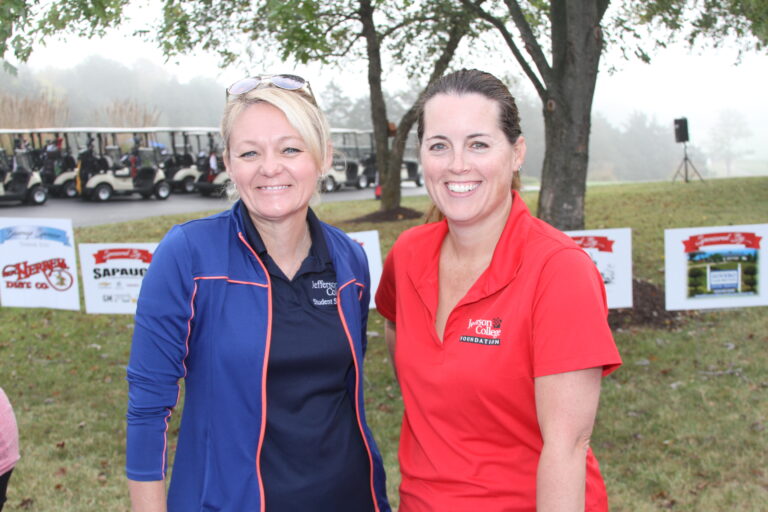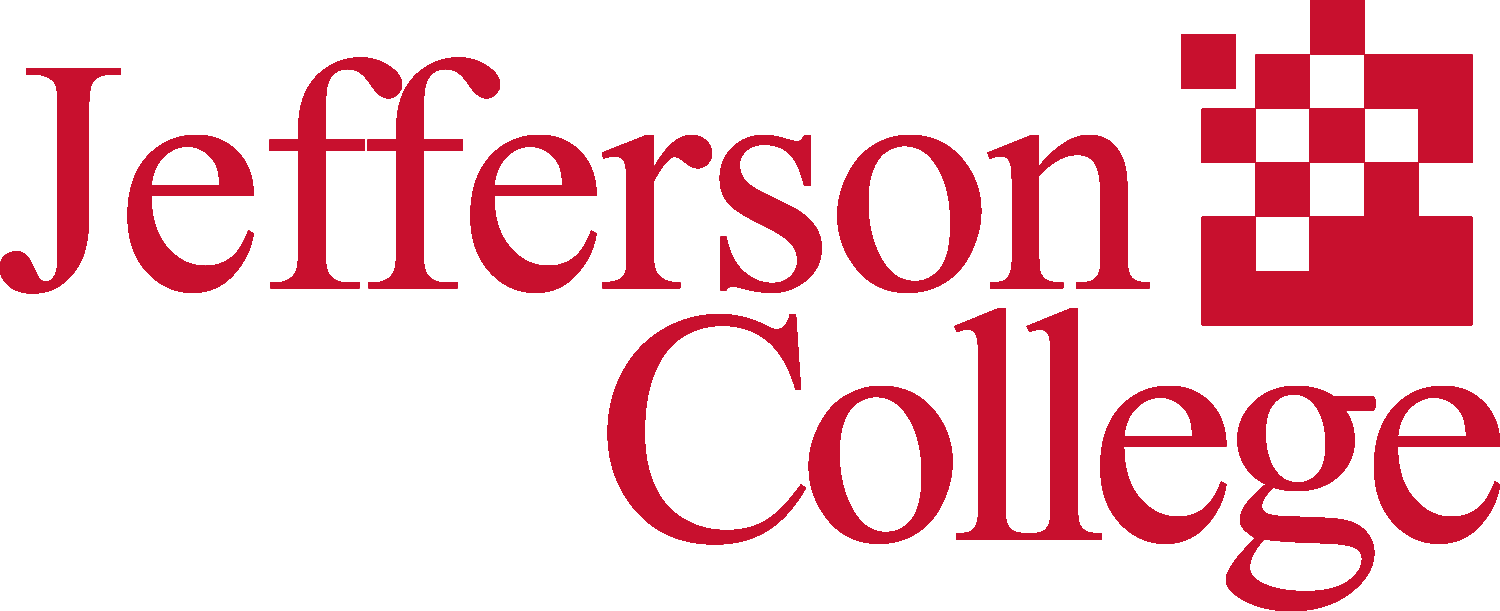Teaching Toolbox
Jefferson College’s student-centered approach to teaching and learning asserts that students learn best when course content is related to their prior knowledge and experiences. Instructors should provide opportunities for students to be active in their learning, both in and outside the classroom, presenting content in ways that enable students to develop their critical thinking skills, social skills, and self-regulation skills.
The resources below can help ensure instructors are using pedagogically sound methods as they lead students to their goals.
Do you have a resource you’d like to share? Let us know via the CTL Feedback Form.
Quick Link Menu
STARTING THE SEMESTER- The First Day of the Semester - The first day of class sets the tone for the entire semester, so it is critical to establish a strong framework for student success, beginning on day one.
Return to menu |
STUDENT BEHAVIOR- Pre-Reading Throwdown - How can I get students to do the reading? Consider using the Pre-reading Throwdown technique developed by Dick Harrington, Faculty, English (Emeritus), Piedmont Virginia Community College (VA).
- Teaching Unprepared Students - A transcript of the Magna Online Seminar on teaching unprepared students is available for checkout in the CTL.
- Overcoming Student Resistance To A Flipped Classroom - It takes time for students to get used to a change in classroom environment. A useful resource for helping students with the transition to a flipped classroom can be found at this website.
Return to menu |
| ONLINE TEACHING Online Course Design Resources Engaging Students Online Resources for Hybrid Courses Best Practices in Online Teaching Return to menu |
| ADVISING AND CAREER READINESS Return to menu |
THE HIGHER EDUCATION COMMUNITY- Current Issues and Pedagogy in a Unique Format - The Missing Professor: An Academic Mystery presents an innovative framework within which to explore modern topics on scholarship and learning. This isn’t a typical mystery novel; rather, it’s a theoretical study of the problems teachers face as they enter higher education. The 2006 book is by Thomas B. Jones, and it’s available through MOBIUS and electronically through the library.
- The Importance of Liberal Arts Education - Visit the CTL for a great 2014 book by Michael Roth titled Beyond the University: Why Liberal Education Matters.
- The Future of Higher Education - Another superb exploration of the future of our profession can be found in the library: College (Un)Bound: The Future of Higher Education and What it Means for Students (2015) by Jeffrey Selingo.
- Current State of American Education - Derek Bok is a former president of Harvard. His 2015 book Higher Education in America is a comprehensive, data-driven look at the current state of our higher education system. It can be found in the library.
Return to menu |
| TEACHING STYLES Active Learning and Student Engagement - Lecture as Active Learning - With small changes, instructors can transform the lecture format into an active learning experience for students. Lecture as Active Learning offers simple strategies to transform your lecture from a passive learning experience to an active learning experience.
- Active Learning Strategies — For more active learning strategies which can be easily integrated into lectures, read Chapter 18: Teaching Methods to Use with Lectures, in the book, What's the Use of Lectures? by Donald A. Bligh. Chapter 19: Some Combinations of Teaching Methods, provides examples of various combinations of lecture and other methods. For example, the Buzz Groups-Lecture combination is a strategy that quickly accomplishes the objective of promoting critical thinking on the part of students.
- Student Engagement during Lecture — The University of Minnesota's Center for Teaching and Learning has great suggestions for promoting student engagement during lecture in their Active Learning with PowerPoint.
Return to menu Turning Learning on its Head discusses using the flipped classroom approach to improve student experience. - Lecture vs. The Flip- A flipped classroom means more than just using video instead of lecture. Here is a website that provides useful information about making this transformation.
- Flipping for Change — Kathleen Fulton wrote a book in 2014 titled Time For Learning: Top 10 Reasons Why Flipping the Classroom Can Change Education. It is available from the library.
Return to menu General Teaching Pedagogy - Transformative Dialogues: Teaching and Learning Ejournal — The Transformative Dialogues Journal is focused on conversations that exchange the results of innovative and professional practice in the Scholarship of Teaching and learning. The methods of teaching that the journal promotes are not bound by specific fields, but are applicable across disciplines. The current issue is lined above, past issues are available here.
- Faculty Recommendation — Susan Todd recommends Make It Stick: The Science of Successful Learning (2014) by Peter C. Brown. You can find it in the CTL.
- Self-Motivated Learners — Larry Ferlazzo wrote a good book in 2013 on the topic. It’s available through MOBIUS and called Self-Driven Learning.
Return to menu |
| OPEN EDUCATIONAL RESOURCES Return to menu |
| CTL BOOKSHELF Interesting titles that often cover multiple topics. Copies are often at the CTL or in the Library. Small Teaching Online by Flower Darby How Learning Works Seven Research-Based Principles for Smart Teaching by Susan A. Ambrose, Michael W. Bridges, Michele DiPietro, Marsha C. Lovett, Marie K. Norman. Deep Work Rules for Focused Success in a Distracted World by Cal Newport - NEW-If I Understood You, Would I Have This Look on My Face?
My Adventures in the Art and Science of Relating and Communicating
By Alan Alda - Beyond the University; Why Liberal Education Matters (2014) by Michael Roth.
- College (Un)Bound: The Future of Higher Education and What It Means For Students (2015) by Jeffrey Selingo.
- The Missing Professor: An Academic Mystery (2006) by Thomas B. Jones. This is available in electronic format through our library or in print version through MOBIUS.
- Susan Todd recommends Make It Stick: The Science of Successful Learning (2014) by Peter C. Brown. This book is in the CTL.
- The Other Wes Moore (2010) by Wes Moore.
- Self-Driven Learning (2013) by Larry Ferlazzo - available through MOBIUS
- Time For Learning: Top 10 Reasons Why Flipping the Classroom Can Change Education (2014) Kathleen Fulton
- Higher Education In America (2015) Derek Bok
Return to menu |
Course Mapping Resources:
https://ctl.learninghouse.com/course-mapping/
Ambrose, S. A., Bridges, M. W., DiPietro, M., Lovett, M. C., & Norman, M. K. (2010). How learning works: 7 research-based principles for smart teaching. San Francisco, CA: Jossey-Bass.
Wiggins, G., & McTighe, J. (1998). Understanding by design. Alexandria, VA: Association for Supervision and Curriculum Development.
Curriculum Planning
Here are a few articles that might be relevant:
Biktimirov, Ernest N., and Linda B. Nilson. “Mapping Your Course: Designing a Graphic Syllabus for Introductory Finance.” Journal of Education for Business, vol. 78, no. 6, July 2003, pp. 308–312.
Schutte, Kelli, et al. “Using Curriculum Mapping and Visualization to Maximize Effective Change.” Administrative Issues Journal: Connecting Education, Practice, and Research, vol. 8, no. 2, Jan. 2018, pp. 81–93.
